Signs And Causes Of Preeclampsia
Preeclampsia is a form of hypertension disorder that occurs during pregnancy and the postpartum period. It is a rapidly progressive condition that can affect both mother and baby.
Preeclampsia occurs approximately twenty weeks after fertilization or during middle to late pregnancy and up to six weeks in the postpartum period. In some rare cases, it can occur before twenty weeks. Globally, Preeclampsia effects 76,000 maternal and 500,000 infant deaths each year. How does a new mom determine if they have Preeclampsia? Continue reading to discover the warning signs of Preeclampsia.
Unusual Swelling
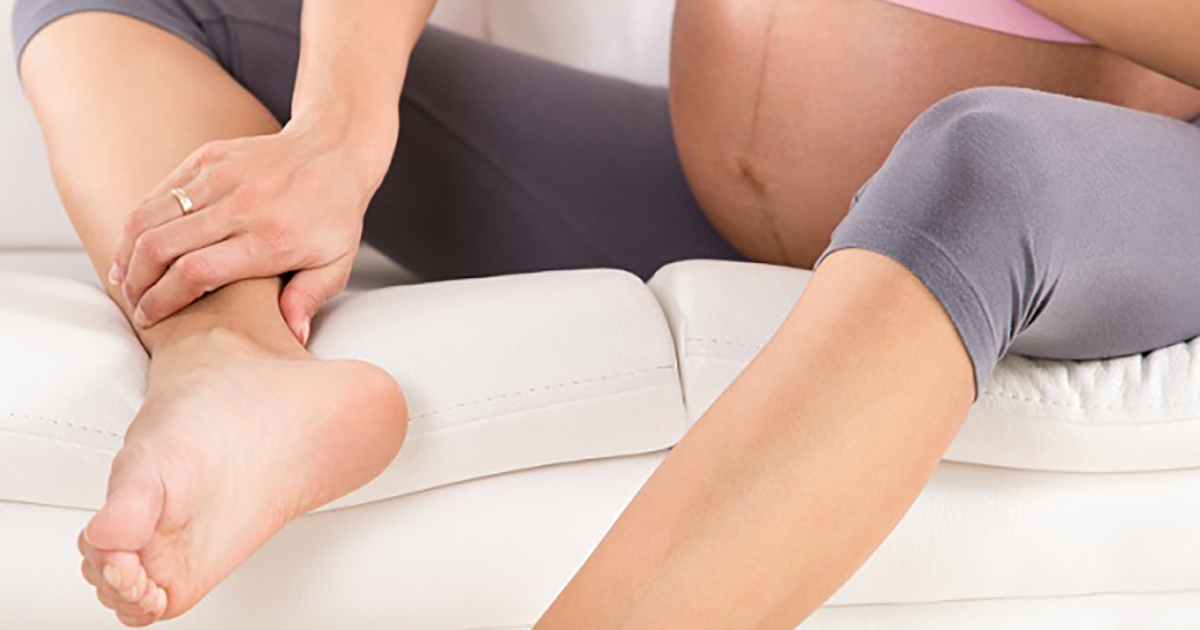
While swelling is typically part of every pregnancy, especially in the feet, swelling could be a sign of Preeclampsia in the face, around the eyes, or in the hands. Also known as edema, swelling and weight gain is common and is often not always considered a reliable sign of Preeclampsia. However, the swelling can be caused by an accumulation of excess fluid. If a mother-to-be believes her swelling is abnormal, she should consult her doctor and show them a picture of herself before she was pregnant to get an expert opinion if it is a sign of Preeclampsia.
Keep reading to learn how shoulder or abdominal pain can be a sign of this serious medical condition.
Shoulder Pain Or Abdominal Pain

The pain a pregnant woman may experience is specifically under the ribs on the right side, and can also be described as someone pinching her along the bra strap or in the lower neck area. This shoulder and abdominal pain can often be confused with flu symptoms, possible indigestion, or simply pain from the baby kicking. If the mom-to-be has all of these pain symptoms combined, it could be an indicator that there is possibly a bigger problem with her liver. These signs are an early indicator of Preeclampsia, so if the woman in question is concerned, she should seek medical attention immediately.
Next, find out how an excess amount of protein in a mother's urine can be a red flag.
Excess Protein In Urine
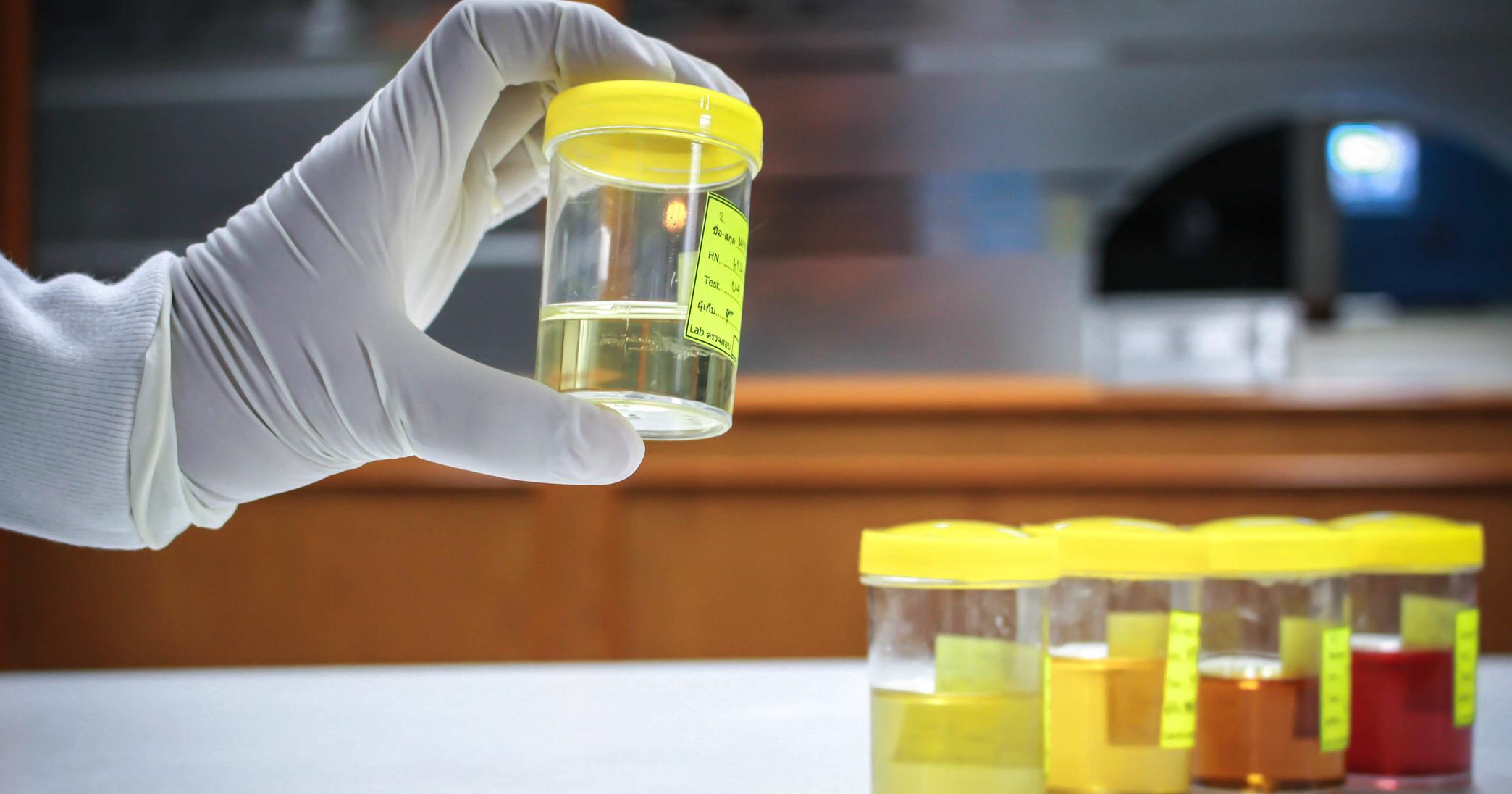
Though this symptom is more difficult to determine and reach a diagnosis from, the best way to find out if the mother may have preeclampsia is to ask their doctor during a prenatal visit what the result of their urine test was. Though trace proteins are common, a reading of 1+ or greater could be a sign indicating the beginning of preeclampsia. An excess of protein found in the urine, known as proteinuria, along with additional signs could also signal that the woman is experiencing kidney problems, and thus should consult a medical professional if these symptoms appear.
Continue reading to reveal how a headache, no matter the severity, can also be an early warning sign of Preeclampsia.
Severe Headaches
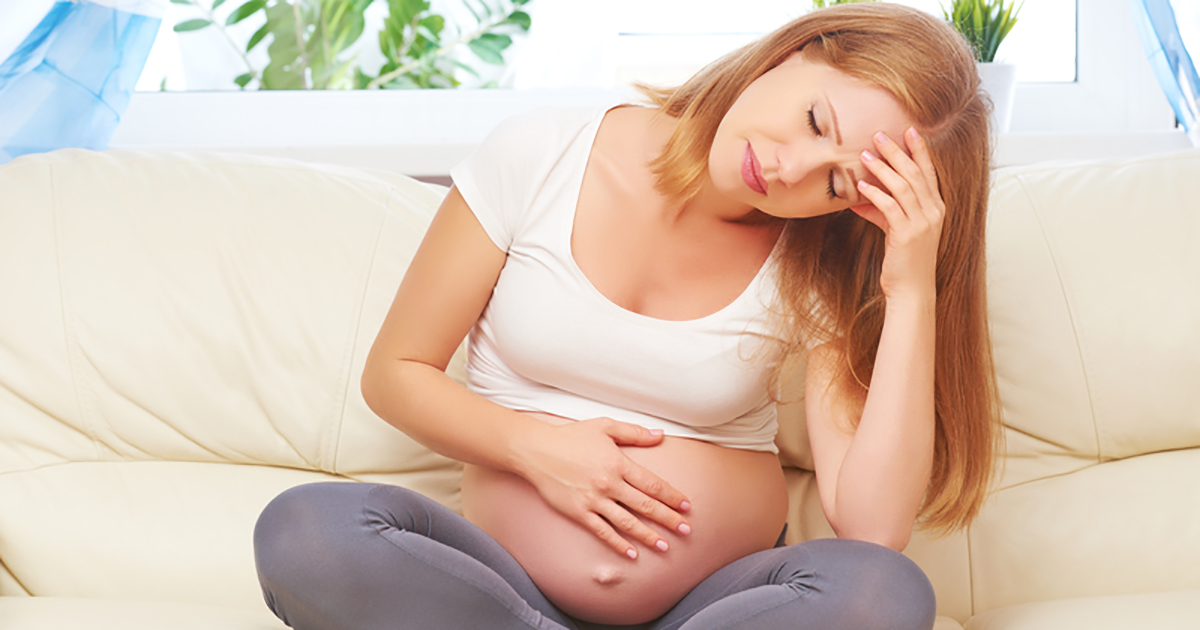
Yes, a mom-to-be will experience headaches throughout her pregnancy, and if anything it is expected. However, if she begins to experience severe headaches that will not go away or if she attempts to take safe, over-the-counter medication, with no relief then she should seek medical attention as soon as possible. These severe headaches are often characterized as throbbing, with a dull severe pain, or that are even migraine-like that include light sensitivity, blurry vision, and other changes in a patient's vision. Some women may even experience nausea and vomiting due to the severity of their headache.
Next, learn what the most important sign of Preeclampsia is.
High Blood Pressure
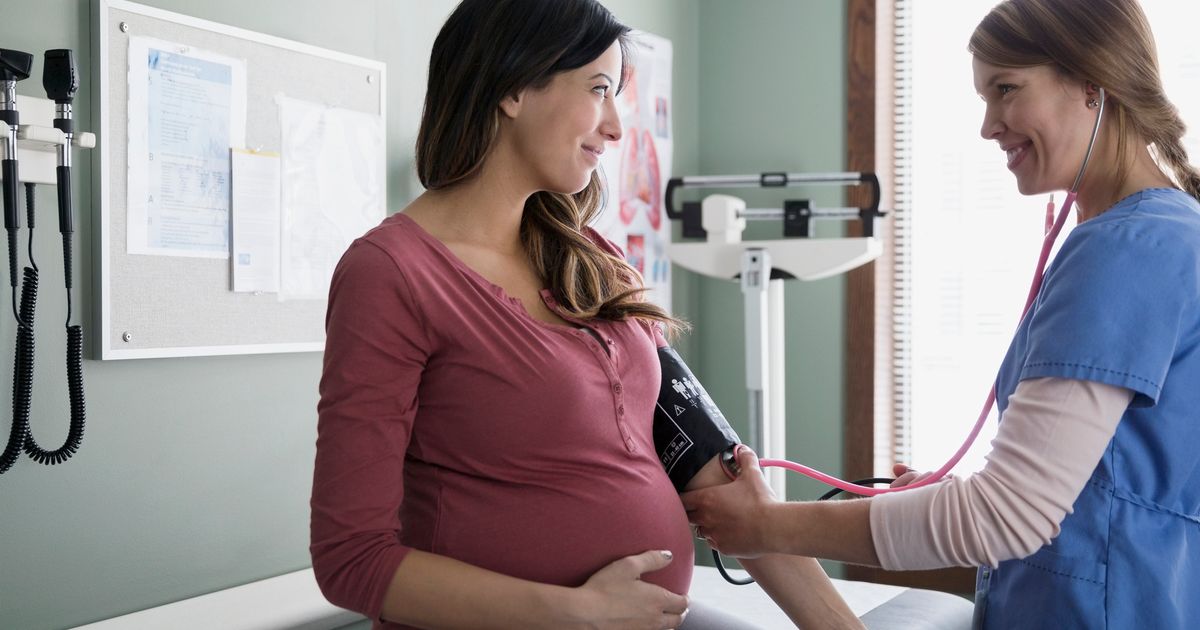
High Blood Pressure during pregnancy, also known as hypertension, is the biggest indicator that a pregnant woman may have preeclampsia. Expecting moms should know that high blood pressure can develop slowly, or it may suddenly occur without prior symptoms. Mothers are expected to monitor their blood pressure as an essential part of prenatal care and if they are at risk for developing Preeclampsia. Blood pressure that exceeds 140/90 millimeters of mercury (mm Hg) that is observed on two separate occasions, four hours apart is highly abnormal and could be a clear sign of Preeclampsia. If at risk, or simply just worried, expecting mothers should consult their doctor and have their blood pressure checked frequently.
Keep reading to discover the risk factors associated with Preeclampsia.
Risk Factors

Preeclampsia develops as a complication associated with pregnancy. Some of the risk factors that expecting mothers should be aware of include a personal or family history of the condition, chronic hypertension, age factors such as very young expecting mothers and women older than forty, obesity, and a history of certain conditions such as chronic blood pressure, migraines, type 1 and 2 diabetes, kidney disease, and lupus. Risks directly related to pregnancy include a new paternity or a new pregnancy with a different partner, a multiple pregnancy that includes twins, triplets, and multiples, an interval between pregnancies such as having babies less than two years apart of more than ten years apart, and in vitro fertilization. The risk of developing preeclampsia is also at its highest during a woman’s first pregnancy as well.
Continue reading to find out the surprising causes of Preeclampsia in some women.
What Causes Preeclampsia?
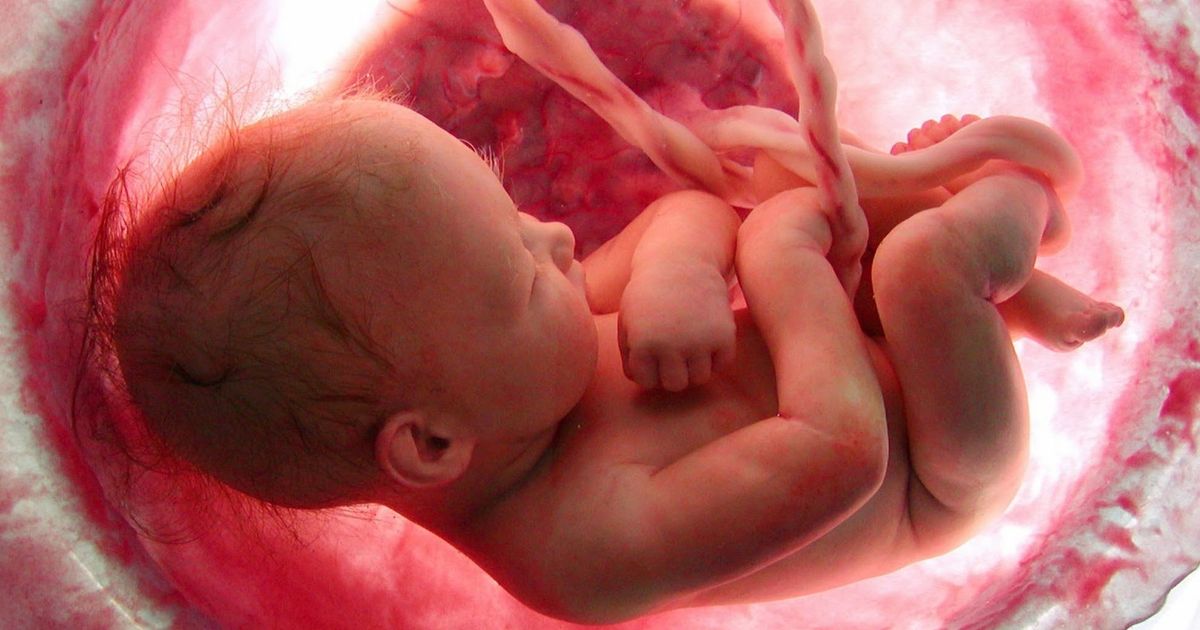
The development of Preeclampsia involves numerous factors that range from pregnancy-related issues to genetics. Many medical professionals believe that this condition begins in the placenta, a vital organ that nourishes the fetus throughout the pregnancy. In the early stages of pregnancy, new blood vessels develop and evolve to efficiently send blood to the placenta, and thus to nourish the growing fetus. For women who develop Preeclampsia, the blood vessels do not appear to develop or function properly as they are narrower and react differently to hormonal signaling, which limits the amount of blood that flows through them. Causes of this abnormal development include an insufficient blood flow to the uterus, damage to the blood vessels, an immunity issue, or specific genetics.
It should be noted that the women who develop Preeclampsia can have a safe delivery and a healthy baby, and the early the diagnosis, the better the outcome will be. Remember if you are experiencing any of these common signs and are prone to developing the condition, contact your doctor to come up with a strategy to effectively monitor and prevent further complications.
